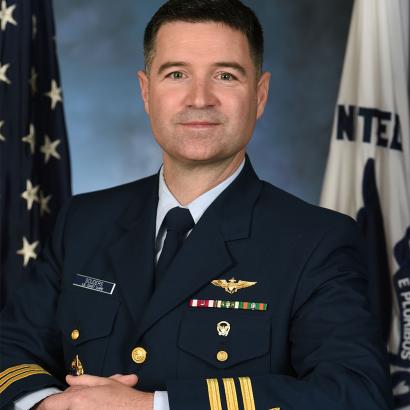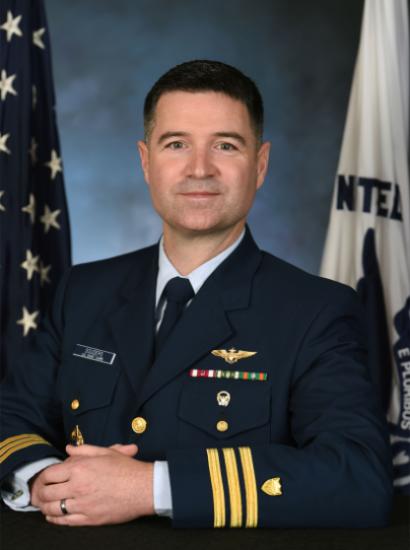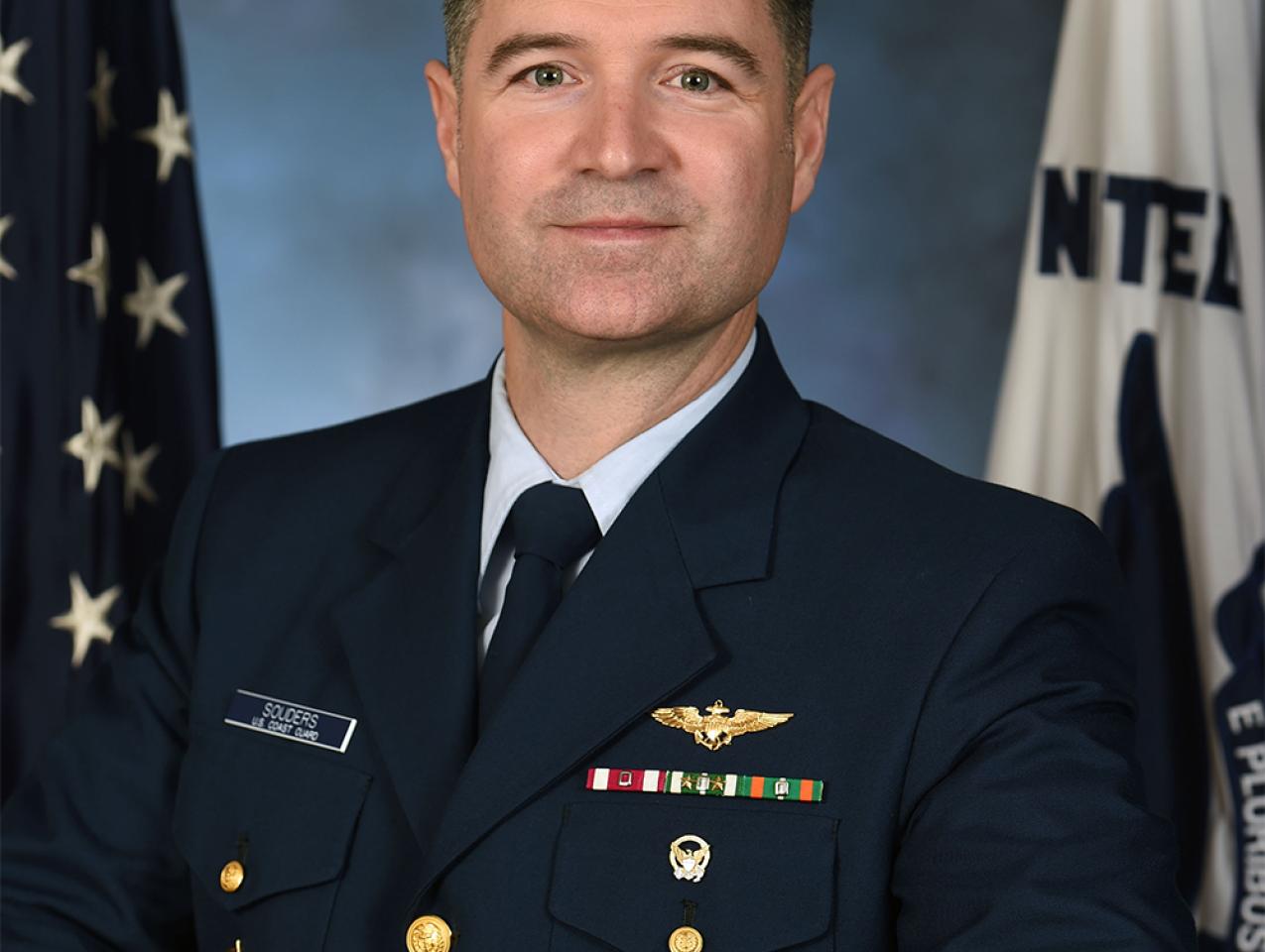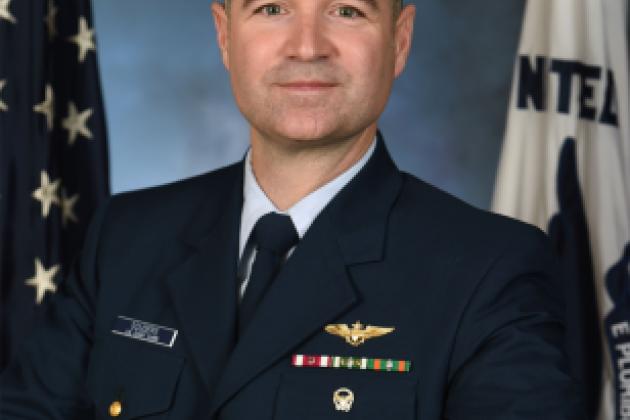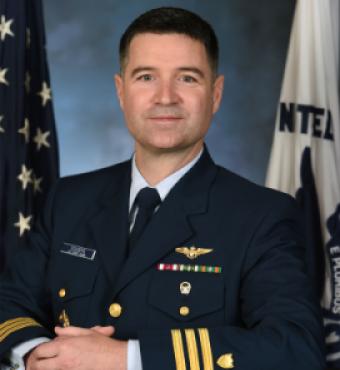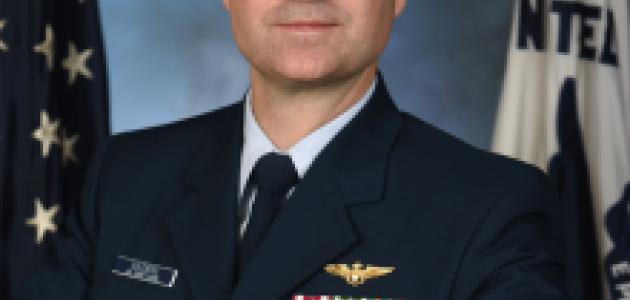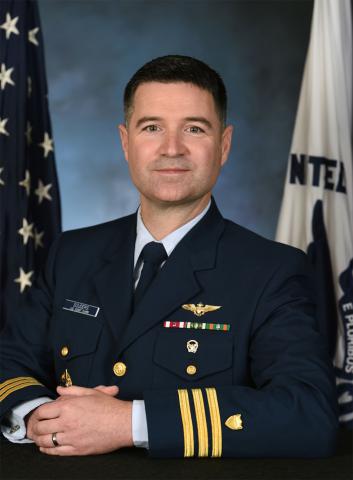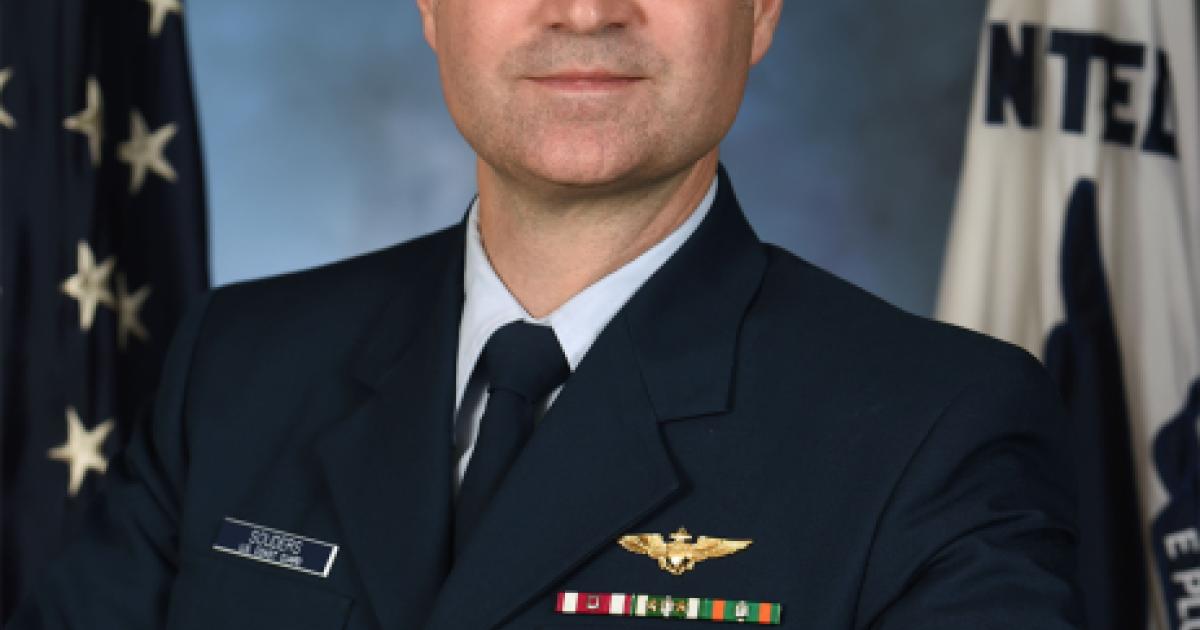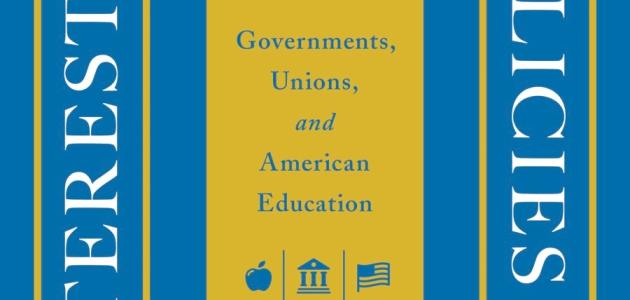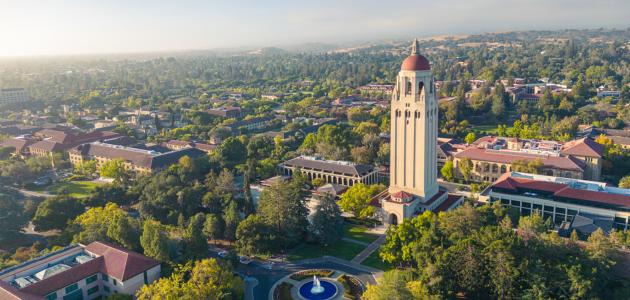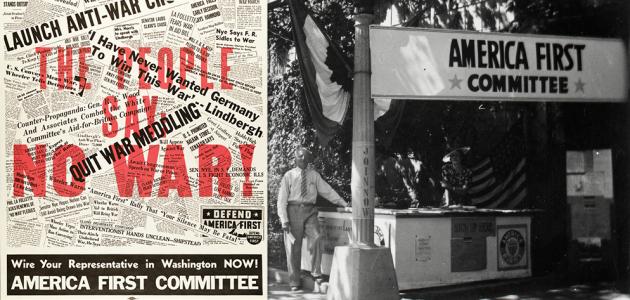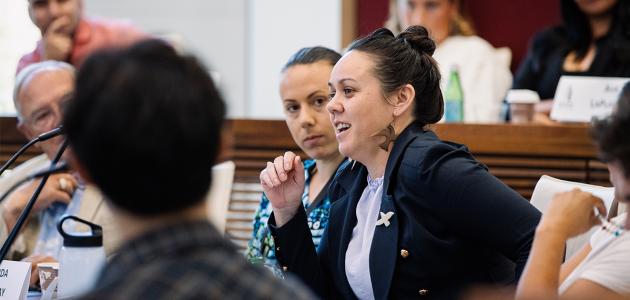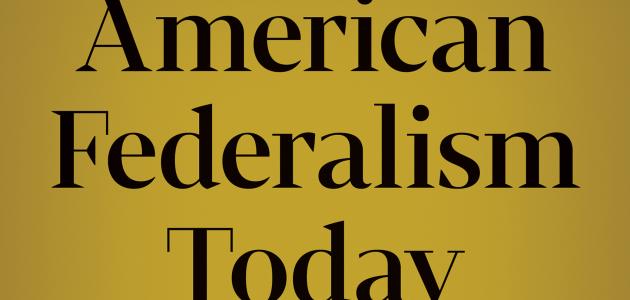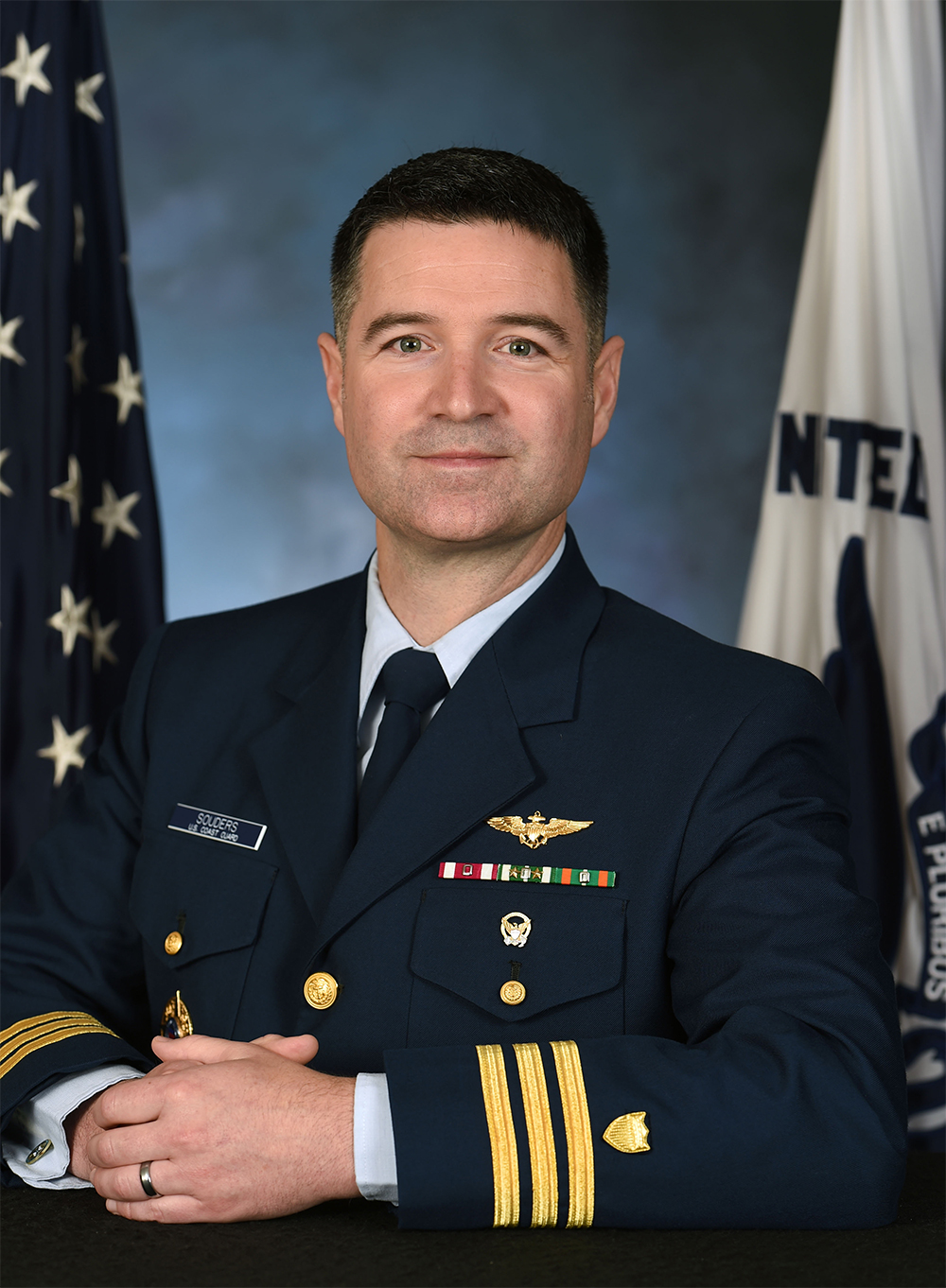
By Jonathan Movroydis
Cdr. John “Jack” Souders, representing the United States Coast Guard, is a National Security Affairs Fellow for the academic year 2020–21 at the Hoover Institution.
In this interview, Souders talks about his career as an aviator and ship driver, specifically his work on search-and-rescue missions and disrupting transnational criminal organizations. He also discusses his role as chief of the US Coast Guard Senate liaison office, and his research at Hoover on how best to execute the December 2020 maritime strategy devised by the US Navy, US Marine Corps, and US Coast Guard.
Why did you join the US Coast Guard?
You could call my military service a family affair. My grandfather was an Army Air Corps pilot. My cousin was a marine and like a brother to me. He urged me to attend the Naval Academy and receive a commission as a Marine Corps officer.
While I was still in high school and trying to figure out what to do, I was fortunate enough to attend a program at the US Coast Guard Academy in New London, Connecticut, called the Academy Introduction Mission, in which potential cadets learn all about the service academies.
While I had my eyes initially set on the Naval Academy, the more I learned, the more I realized that the Coast Guard seemed to line up with my personal interests and talents. Just before Christmas of my senior year, I accepted an appointment to the Coast Guard Academy.
Will you tell us about your educational background?
I think every day is an educational opportunity. No matter what, I strive to learn something from everyone I interact with and make myself just a little bit better.
I learned the value of hard work from my parents. I didn’t realize it at the time, but we grew up pretty poor. I watched my parents work double shifts and scrape together enough money to establish a college fund for me and my sister. Fortunately, the Coast Guard Academy didn’t cost them too much.
While in school, I studied marine environmental science. I love the subjects of biology and environmental sciences, and at the time, I hoped that following my service in the Coast Guard I could become a ranger for the National Park Service. In the near term, I felt I could apply my studies to Coast Guard mission sets. In reality, I didn’t have the opportunity to use it much. After four years of driving Coast Guard cutters at sea, I was selected for flight school and thus my career took an entirely different direction.
Coast Guard, Marine Corps, and navy pilots all start their training at the same flight school at Naval Air Station in Pensacola, Florida. The roughly two-year program starts off with classroom instruction and practice on simulations before real-life flight training. It is a very robust and rigorous program designed to take someone who has never been in a plane and turn them into a naval aviator. All pilots first have to be certified in a fixed-wing aircraft, and then they are given the choice of training on advanced fixed wings or transitioning to helicopters. I decided to go with helicopters, specifically the MH-65 Dolphin, in order to deploy on ships once I was back with the Coast Guard.
My next major educational opportunity was attending Embry-Riddle Aeronautical University. I was motivated to pursue a master’s degree in aviation safety after a Coast Guard C-130 collided with a Marine Corps AH-1 Super Cobra helicopter and crashed off the coast of Southern California in 2009.
I lost several of my friends in that accident. I watched the investigation unfold, and it greatly impacted me personally as well as professionally. I wanted to be part of strengthening safety procedures in the Coast Guard so that incidents like this don’t happen again.
Will you tell us about the MH-65 helicopter and its role in the Coast Guard?
The Coast Guard flies two variants of rotary-wing aircraft or helicopters. One is the H-60, the Jayhawk. Every service branch has H-60s, and we call that a medium-range recovery helicopter because it can fly about three hundred miles or so offshore with a roughly six-hour endurance. It’s got bigger fuel tanks, beefier structures, and bigger engines. The H-65 is a smaller aircraft, suited for ship deployments, and we call it the short-range recovery helicopter, with about half the operational capability of the H-60. Most of our assets are built around law enforcement and search and rescue. These are Coast Guard core missions.
I knew I wanted to fly helicopters so I could pull survivors from the water and picked H-65s primarily because of my first four years of sea service. I really enjoyed the camaraderie of being at sea, and the smaller aircraft was the one that deployed onboard Coast Guard cutters. It got me closest to my old ship-driving days.
Where have you been deployed, and what were some of your biggest missions?
Throughout my career, I’ve had the chance to serve the entire Eastern Seaboard from Maine to Florida, as well as the Bahamas and Puerto Rico, around the Gulf of Mexico, Central America, and then back up the West Coast from California to Washington, and even Alaska for a summer. For me, the most meaningful missions are when we have the opportunity to save a life. That’s super rewarding.
In one particular instance, as an aviation detachment onboard a ship, we were deployed off the coast of Central America and rescued a crewman off a coastal freighter. He fell down a couple flights of stairs on a ship, got his leg caught, and snapped a femur. It was a pretty substantial injury, and the man was in a lot of pain. He was a foreign national, so we worked with the host country’s forces and medevac’d him back to the mainland. That was particularly rewarding and memorable because it was an internationally coordinated rescue effort.
I have also participated in drug interception missions. On one of these missions, back when I was driving a Coast Guard cutter, we were searching for boats smuggling drugs. We call them go-fast or low-profile vessels. They are purposely very small and unlit so as to avoid detection.
At two o’clock in the morning, I received a call from an officer on the ship’s flying bridge telling me, “Hey, I think I see something off the starboard bow.” The drug boat was almost straight ahead of us, a little off to the right. However, I didn’t see it on the radar. So, I stepped out on the starboard bridge wing, and started looking. I pulled out my binoculars, and all of a sudden, zing! The sucker flies past me, only ten feet away.
We set off an alarm to ready everyone on our ship. We ended up tracking the drug boat down and we caught it. This is what we call “disrupting transnational criminal organizations.” Our strategy is to find the line of supply, interrupt it, and through information from the people we arrest, we can continue to investigate the criminal network. We have vastly improved our partnerships with intelligence officers and lawyers across the US government, as well as with leaders of foreign governments, and have thus enhanced our capabilities in penetrating those networks and breaking them up, as opposed to just seizing a bunch of narcotics.
Where are these missions involving the disruption of transnational criminal organizations typically performed?
There are major transit zones that have been identified around the Gulf of Mexico and eastern Pacific, and I would say it increases our chances of success if the Coast Guard deploys to that area. However, we are seeing more creative routes and sophisticated vessels devised by the cartels. It’s a constant chess game.
About ten years ago, we saw a rise in migrant smuggling off the coast of Southern California. Frequently, boats holding approximately fifteen people would run up on a beach next to a major freeway. The migrants would quickly leave the boats, jump into a parked car, and escape detection by the authorities.
Since then, the Coast Guard has strengthened coordination with US Customs and Border Enforcement and the FBI. We have more strategically placed sensors and cameras, as well as increased deployment of maritime patrols, both aviation and surface.
We also started working with the navy because they conduct training missions out of Naval Air Station North Island, near San Diego, which is close to the US-Mexico border. This ethos is all about working more efficiently and leveraging a whole-of-government response in obtaining better maritime domain awareness. Most importantly, it allows the Coast Guard and other parts of government to share perspectives, and thus better serve the country. For example, it allows us to analyze the issue of smuggling not only from a counternarcotics or humanitarian perspective, but also from the standpoint of national security. If you can smuggle drugs and people, you can smuggle just about anything.
You also protected the National Capital Region Flight-Restricted Zone. What was the nature of that work, and would the Coast Guard have provided such security in a 9/11 type of scenario?
It’s a 24/7/365 mission. The US Coast Guard is leashed up with the Air Force, North American Aerospace Defense Command (NORAD) as part of a layered defense system around the National Capital Region. Obviously, an H-65 helicopter is not going to take down a passenger jet, there are other contingency plans for those types of scenarios. Our helicopters are well suited to intercept “low/slow-flying aircraft.” That is to say, when a recreational plane gets lost and violates the restricted the air space around the region, we quickly intercept them in flight and establish communication with the pilot to redirect him or her on the proper flight path. We also have contingencies in place for those pilots who are noncompliant after they have been intercepted.
Will you describe your duties in the Coast Guard’s congressional liaison office?
I served in the Coast Guard Senate liaison office from 2018 to 2020 and left there just six months ago to take the fellowship at Hoover. My duty was to answer questions senators and staff had about Coast Guard–related issues, or as I like to say, “educate and advocate.” I was honored to be in Congress to represent the Coast Guard and to make sure that I was communicating the Coast Guard’s policy objectives to US senators.
Going into the job, I had a preconception about the way the political process worked. I think a lot of people hold the opinion that Washington is a bastion of corruption and partisan rancor. However, as I had the good fortune to witness firsthand, there are a lot of senators and staff alike who work extremely hard and have the best interests of America in mind. Gridlock gets all the publicity, and bipartisan cooperation gets next to none.
I remember traveling to the southwestern border with some of my civilian colleagues to observe ongoing construction along the border. In particular, there were two legislative directors, one Republican and one Democrat. The three of us were having a conversation. One legislative director, seeing the physical space for the first time, explained that she appreciated the complexity and the challenge of border security. The other legislative director, said that he felt terrible not just for the undocumented immigrants passing across the border, but also that the United States policies seemed to be failing.
It dawned on me that these two Senate staffers were looking at the same problem set, gathering information like any rational person would, and having reasonable discussions about how to move forward. While they didn’t agree on exactly how to solve the problem, these two senior staff continued to work together to get closer to a solution. That type of mutual respect and willingness to work together is widespread but rarely makes headlines. It renewed my belief that we have the finest Americans working together to tackle the nation’s toughest problems, as one expects from rational and compassionate adults.
Did you find that there was bipartisan support for the policies you were advocating?
In my experience on the Hill, the Coast Guard was an easy organization for senators to support. I had three major legislative “buckets” within my purview. One was oversight, two was authorization, and three was appropriation. Much of my work also included getting officers confirmed. The Senate has the authority of advice and consent, so all military nominations that the president sends up for promotions, mine included, go through the Senate, and then they sign off on them.
Our oversight committee is primarily concerned with the efficiency and effectiveness of federal agencies. The Coast Guard is a fairly lean service with high return on investment to the public, so we typically enjoy bipartisan support there. Sometimes we would encounter challenges that needed additional explanation. The Coast Guard Authorization Act comes up every couple of years. In those discussions, we do our best to meet the intent of Congress while jealously guarding the Coast Guard’s broad authorities. We also produce a list of legislative change proposals, which we advance to staff in our designated authorization subcommittee, which is under the Senate Commerce Committee. The staff then works across the complex with the House for agreement on a joint bill. By and large, the items we’re asking for are minor changes to increase efficiency since we already have broad authorities in the maritime environment. Some of the larger issues that prompted more robust debate during my time included the legislative protection of Coast Guard military pay in the event of a future government shutdown, use of unmanned aerial systems, and offshore renewable (wind) energy.
The final piece is our annual appropriation. It is crucial that we get our budget right each year in order to continue building the ready, relevant, and responsive Coast Guard that America expects. To this end, we coordinate within the Department of Homeland Security and answer questions from the House and Senate appropriations staffs. The Coast Guard is a small service and constantly defends its budget proposals through two lines of effort: modernizing operational capabilities and restoring readiness. This includes expanding the number of ships and aircraft, as well as developing infrastructure and technology tools to support our servicewomen and -men.
What has been your research focus during your fellowship at Hoover?
I would just say that by nature of being a National Security Affairs Fellow, most of us, and myself included, are gravitating toward national security issues. The cochairs of the National Security Task Force, Admiral James O. Ellis and the late Secretary George P. Shultz, invited me and the other National Security Affairs Fellows to join briefings. These have been very enriching sessions between the Hoover fellowship and leaders in various national security–related fields.
We have also been studying a lot about the arenas of competition in the Indo-Pacific region. In regards to this issue, Generals James Mattis and H. R. McMaster and Dr. Elizabeth Economy have been extremely generous with their time and expertise.
As a mid-grade Coast Guard officer, my professional experiences have largely been limited to the shores of the continental United States. Hoover has allowed me to branch out and take a closer look at the global geostrategic environment, especially as it relates to the current US-China competition.
The United States triservice maritime strategy was just released. My fellow colleagues Kenny del Mazo (US Marines) and Jeffrey Vanak (US Navy) and I have taken what we learned this year to help us understand how the strategy can be best executed. We cowrote an op-ed for The Diplomat on this subject in March.
The Arctic is another area in which I would like to increase my knowledge. My politics are agnostic on global warming, but for whatever reason there is now navigable water in the Arctic, where there used to be ice. The fact of the matter is that the Arctic is now a space that is contested and needs to be defended. So, what does that look like, especially when Russia has fifty times and China has twice as many icebreakers as we do? This is a cause for concern over sovereignty and control over natural resources, especially around Alaska and the world’s northernmost countries.
What does leadership mean to you?
One of my mentors told me when I was a young lieutenant junior grade, “Take care of your people and everything else takes care of itself.” It sounded overly simplistic at the time, especially if you believe that you need to devote most of your time to building your leadership qualities rather than helping other people.
Over the course of the years that have followed, I have come to realize that inspiring vision, enabling others, and empowering them to act are the exact qualities I have admired in great leaders. What this boils down to is fortifying bonds with the team that you are fortunate enough to lead. It’s about being that servant leader who knows their people and inspiring them to act on their own initiative. After that, all you have to do is provide a little bit of guidance, and they will take care of the rest.







